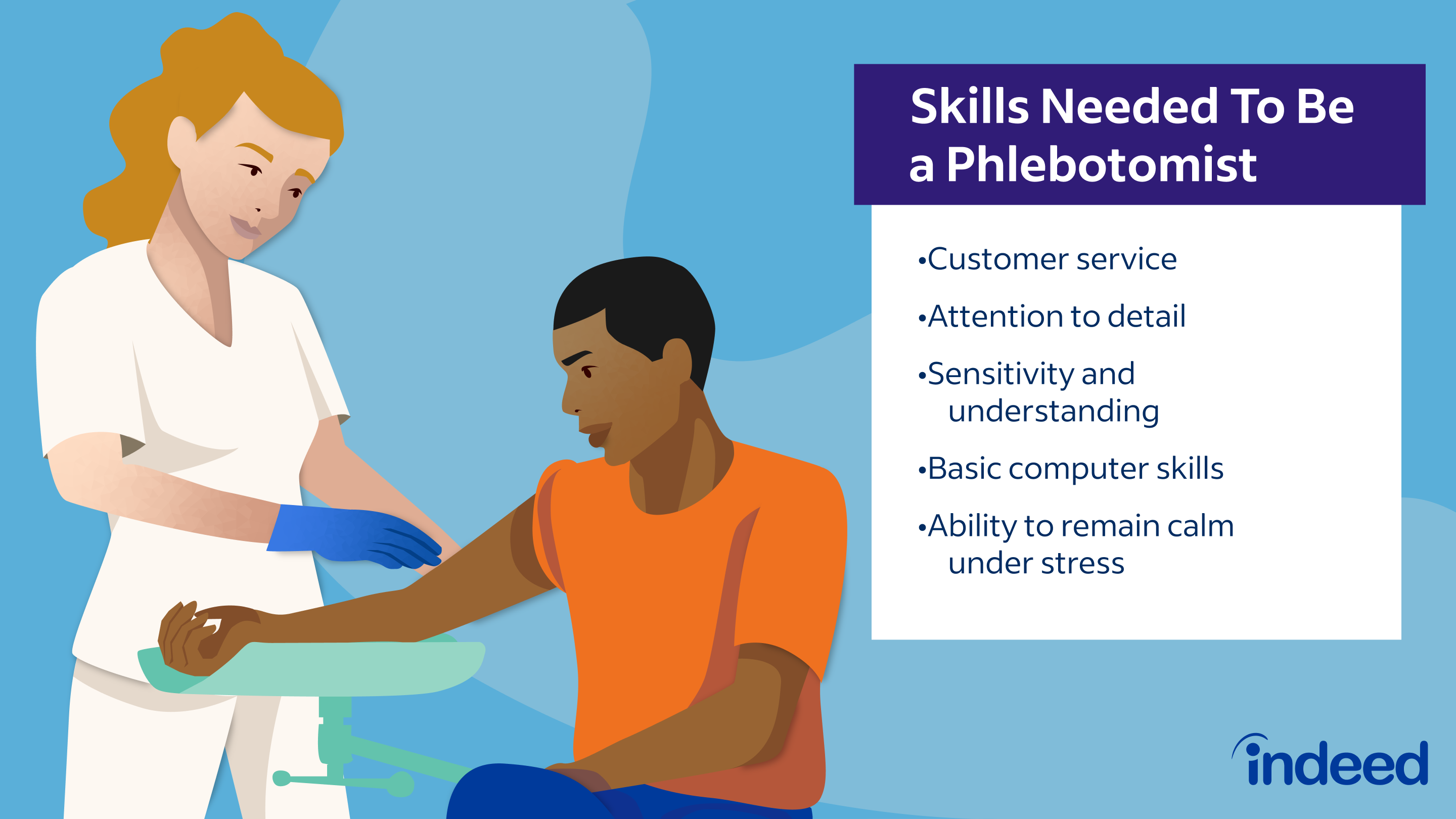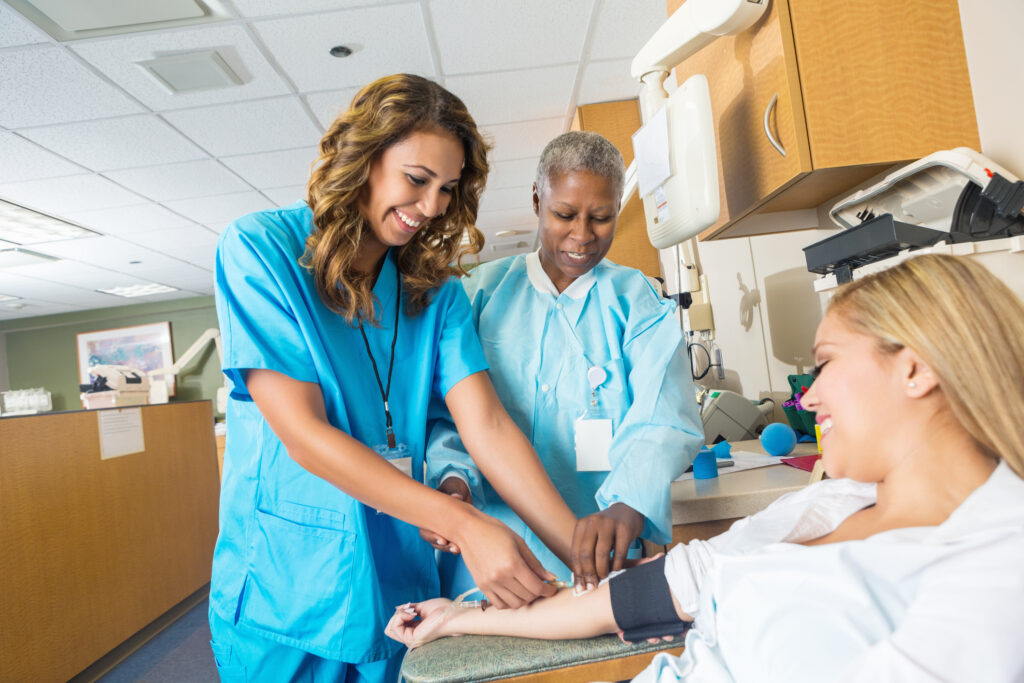The Basic Principles Of Northeast Medical Institute - New Haven Campus Phlebotomy Course & Cna Class
The Basic Principles Of Northeast Medical Institute - New Haven Campus Phlebotomy Course & Cna Class
Blog Article
The Only Guide for Northeast Medical Institute - New Haven Campus Phlebotomy Course & Cna Class
Table of ContentsMore About Northeast Medical Institute - New Haven Campus Phlebotomy Course & Cna ClassWhat Does Northeast Medical Institute - New Haven Campus Phlebotomy Course & Cna Class Mean?Some Ideas on Northeast Medical Institute - New Haven Campus Phlebotomy Course & Cna Class You Need To KnowNortheast Medical Institute - New Haven Campus Phlebotomy Course & Cna Class Things To Know Before You BuyThe Northeast Medical Institute - New Haven Campus Phlebotomy Course & Cna Class DiariesAll about Northeast Medical Institute - New Haven Campus Phlebotomy Course & Cna Class
The use of such devices must be come with by other infection prevention and control techniques, and training in their use.For setups with low sources, price is a driving variable in procurement of safety-engineered gadgets. Where safety-engineered devices are not offered, proficient use of a needle and syringe is appropriate.
One of the necessary markers of quality of care in phlebotomy is the participation and collaboration of the person; this is mutually helpful to both the health employee and the patient. Clear information either created or verbal need to be readily available to each patient that undertakes phlebotomy. Annex F provides sample text for explaining the blood-sampling treatment to a client. In the blood-sampling area for an outpatient division or clinic, offer a comfy reclining sofa with an arm remainder.
A Biased View of Northeast Medical Institute - New Haven Campus Phlebotomy Course & Cna Class
Make certain that the signs for blood tasting are clearly defined, either in a written method or in recorded instructions (e.g. in a lab type). Gather all the equipment required for the procedure and place it within risk-free and simple reach on a tray or trolley, guaranteeing that all the things are plainly noticeable.
Present yourself to the person, and ask the individual to specify their complete name. Inspect that the lab form matches the patient's identification (i.e. match the patient's details with the lab kind, to guarantee accurate identification).
Make the individual comfy in a supine placement (if possible). The person has a right to refuse an examination at any kind of time before the blood tasting, so it is crucial to guarantee that the individual has actually comprehended the treatment - CNA Courses.
The Greatest Guide To Northeast Medical Institute - New Haven Campus Phlebotomy Course & Cna Class
Expand the individual's arm and inspect the antecubital fossa or forearm. Locate a blood vessel of a great size that shows up, straight and clear. The representation in Section 2.3, reveals usual placements of the vessels, but numerous variants are possible. The average cubital vein lies in between muscle mass and is generally the most very easy to penetrate.
DO NOT put the needle where capillaries are drawing away, because this enhances the opportunity of a haematoma. The vein ought to be visible without applying the tourniquet. Finding the capillary will certainly assist in determining the proper size of needle. Apply the tourniquet about 45 finger sizes over the venepuncture website and re-examine the capillary.
Specimens from main lines bring a risk of contamination or erroneous lab test results. It is acceptable, yet not perfect, to attract blood specimens when initial introducing an in-dwelling venous gadget, before attaching the cannula to the intravenous fluids.
The 10-Second Trick For Northeast Medical Institute - New Haven Campus Phlebotomy Course & Cna Class
Permit the area to completely dry. Failing to allow sufficient call time increases the risk of contamination. DO NOT touch my company the cleaned up website; particularly, DO NOT place a finger over the vein to direct the shaft of the subjected needle. It the website is touched, repeat the disinfection. Execute venepuncture as adheres to.
Ask the person to create a hand so the blood vessels are more prominent. Get in the blood vessel promptly at a 30 level angle or much less, and remain to present the needle along the blood vessel at the most convenient angle of entrance - PCT Training. As soon as enough blood has actually been gathered, release the tourniquet prior to withdrawing the needle
The smart Trick of Northeast Medical Institute - New Haven Campus Phlebotomy Course & Cna Class That Nobody is Talking About
Withdraw the needle gently and apply gentle pressure to the website with a clean gauze or dry cotton-wool ball. Ask the client to hold the gauze or cotton woollen in position, with the arm extended and increased. Ask the patient NOT to bend the arm, because doing so triggers a haematoma.

Northeast Medical Institute - New Haven Campus Phlebotomy Course & Cna Class for Dummies
Do not push the syringe bettor because additional pressure boosts the threat of haemolysis. Where possible, keep the tubes in a shelf and move the shelf in the direction of you. Infuse downwards into the proper coloured stopper. DO NOT eliminate the stopper because it will certainly release the vacuum. If the sample tube does not have a rubber stopper, inject exceptionally gradually right into television as minimizing the pressure and rate used to move the specimen minimizes the threat of haemolysis.

Report this page